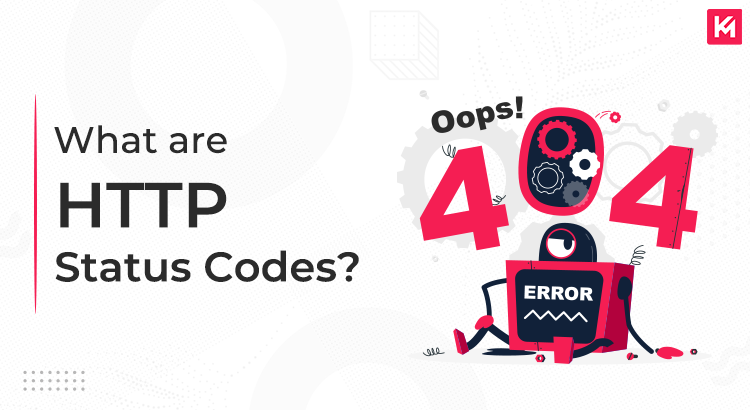HTTP status codes are three-digit numbers returned by a web server to indicate the status of a client’s request. They provide standardized communication and feedback on the success or failure of the request. HTTP status codes are categorized into five groups: informational codes, success codes, redirection codes, client error codes, and server error codes.
- Informational codes (1xx) provide information about the request and are not commonly used.
- Success codes (2xx) indicate that the request was successfully received, understood, and processed.
- Redirection codes (3xx) indicate that further action is required to fulfill the request, such as redirecting the client to a different resource or location.
- Client error codes (4xx) indicate that there was an error on the client’s side, such as invalid syntax or unauthorized access.
- Server error codes (5xx) indicate that there was an error on the server’s side, preventing it from fulfilling the request.
- HTTP status codes are important for troubleshooting and maintaining a reliable web service.
- They help developers and system administrators identify and diagnose issues quickly.
- HTTP status codes enable effective communication between the client and server.
- They provide feedback to users about the success or failure of their requests.
Best practices include using the appropriate HTTP status codes, providing helpful error messages, and regularly monitoring and analyzing status codes to identify and fix potential problems.


